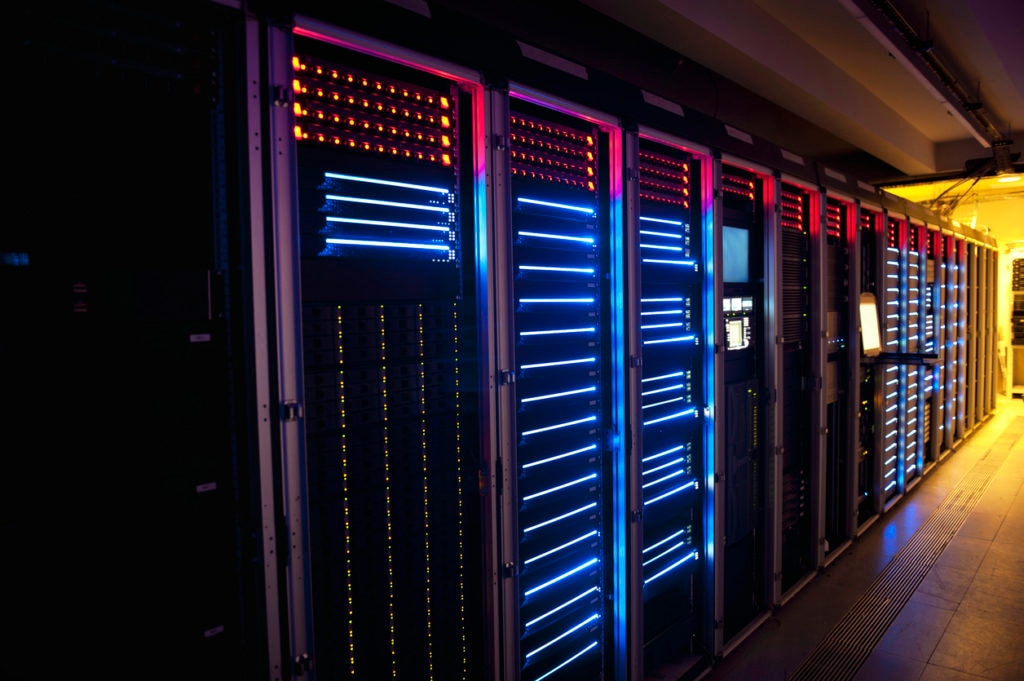According to a recent
SolarWinds federal IT survey, nearly half of IT professionals feel their environments aren’t operating at optimal levels.
The more complex the app stack, the more servers are required—and the more challenging it can be to discover problems as they arise. These problems can range from the mundane to the alarming.
It can be difficult to determine the origin of the problem. Is it an app or a server? Identifying the cause requires being able to visualize the relationship between the two. To do this, administrators need more in-depth insights and visual analysis than traditional network monitoring provides.
The Relationship Between Applications and Servers
Today, applications and servers are closely entwined and can span multiple data centers, remote locations, and the cloud. Today’s virtualized environments make it harder to discern whether the error is the fault of the application or the server.
Administrators must be able to correlate communications processes between applications and servers. Essentially, to understand what applications and servers are “saying” to each other and monitor activities taking place between the two. This detailed understanding can help admins rapidly identify the cause of failures, so they can quickly respond.
Administrators should be able to monitor processes wherever they’re taking place—on-premises or in the cloud. As more agencies adopt hybrid IT infrastructures, keeping a close eye on in-house and hosted applications from a single dashboard will be imperative. Administrators need a complete view of their applications and servers, regardless of location, if they want to quickly identify and respond to issues.
A Deeper Level of Detail
Think of traditional monitoring as providing a broad overview of network operations and functionality. It’s like an X-ray taking a wide-angle view of an entire section of a person’s body, providing invaluable insights for detecting problems.
Application and server monitoring is more like a CT scan focusing on a particular spot and illuminating otherwise undetectable issues. Administrators can collect data regarding application and server performance and visualize specific application connections to quickly identify issues related to packet loss, latency, and more.
The Benefits of a Deeper Understanding
Greater visibility allows administrators to pinpoint the source of problems and respond faster. This can save time and headaches, freeing up time to work on more mission-critical tasks and move their agencies forward.
Gaining a deeper and more detailed understanding of the interdependencies between applications and servers, as well as overall application performance, can also help address network optimization concerns. Less downtime means a better user experience, and fewer calls into IT: a win-win for everyone.
Growing Complexity Requires an Evolution in Monitoring
Federal IT complexity will to continue to grow. App stacks will become taller, and more servers will be added.
Network monitoring practices must evolve to keep up with this complexity. A more complex network requires a deeper and more detailed
government network monitoring approach with administrators looking closely into the status of their applications and servers. If they can gain this perspective, they’ll be able to successfully optimize even the most complex network architectures.
Find the full article on Government Computer News. 



